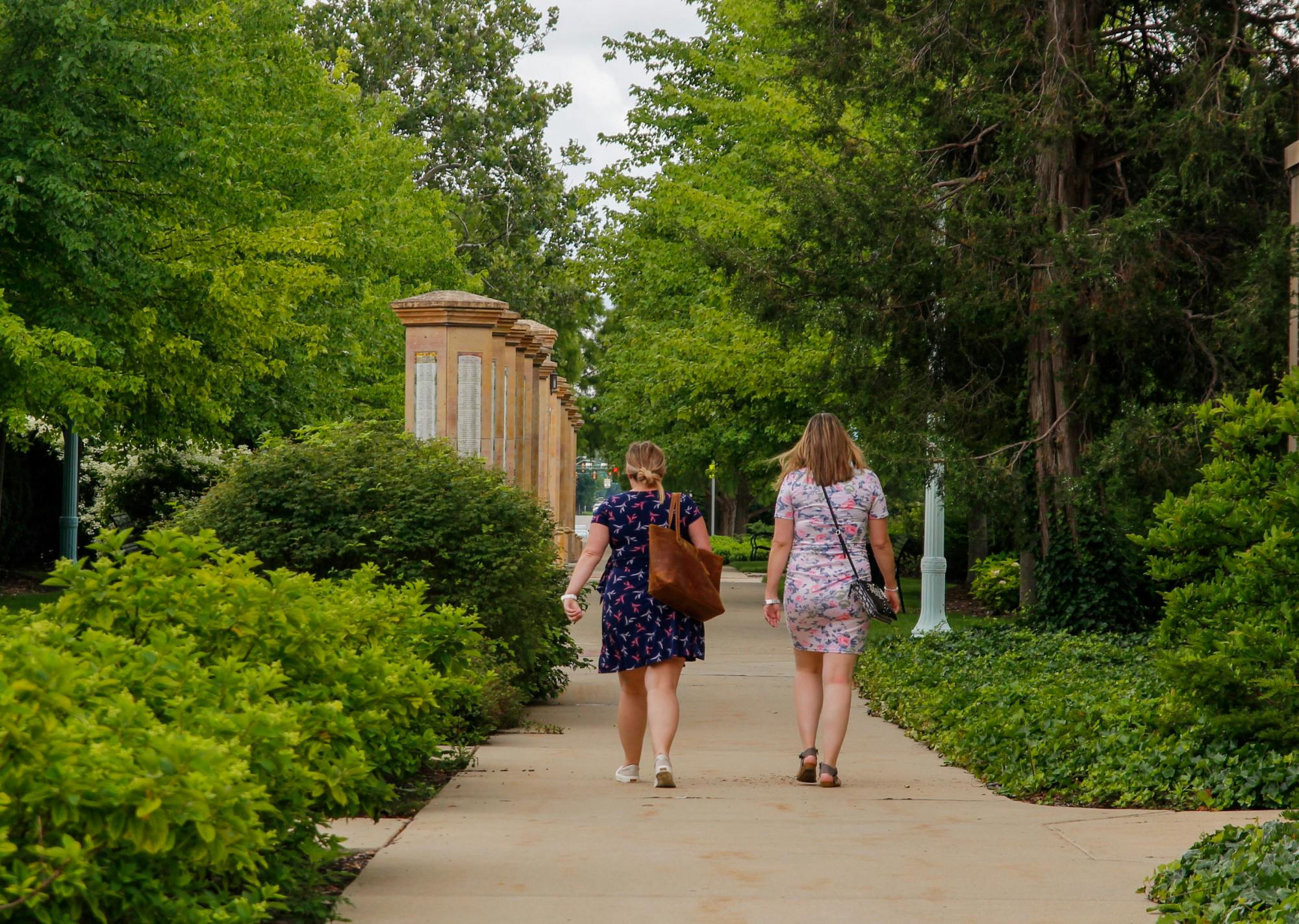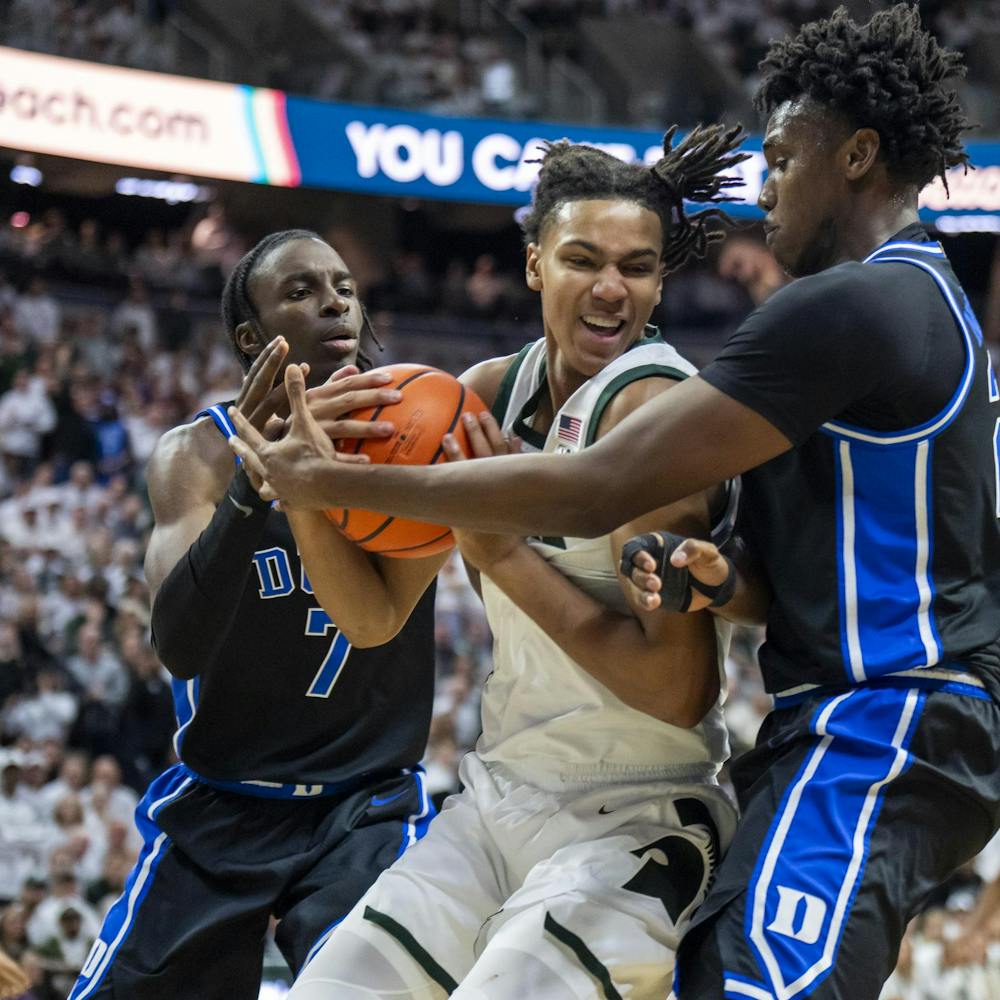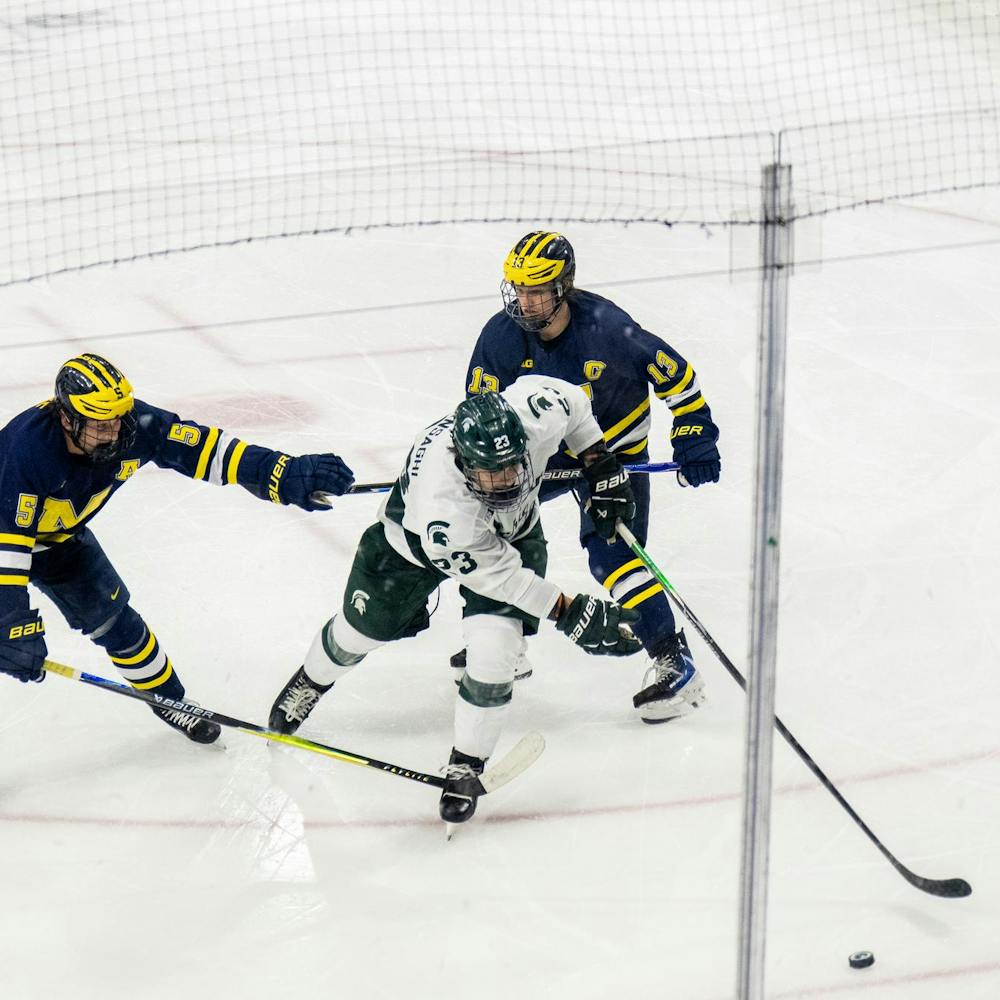It’s no secret that Michigan State University’s fall 2021 freshman class is historically large, and is making the university balance student accommodations with COVID-19-related challenges.
However, leadership at the university claim that it's not the size of the class that’s bringing the most challenges — but new developments in how students operate as a whole.
Many of these changes were on the horizon in the pre-pandemic years, but COVID-19 has sped the process up significantly.
According to Associate Provost of Undergraduate Education Mark Largent, the freshman class grew from about 8850 students in 2020 to 9250 in 2021.
Four hundred extra students may seem like a lot to those outside of the MSU administration, but Largent said that it wasn’t an unheard-of increase.
In fact, he said that coupled with the 400 student deficit in 2020’s freshman class, the university essentially broke even.
“So when you take last year's class, who are now sophomores, and this year's class, it's a consistent number,” Largent said. “It ended up being, essentially, a wash.”
The physical number of students may have fallen within expectations, but the behavior of these students has not.
For example, Largent said the university was surprised to see that online and in-person class enrollment rates were nearly equal, despite much excitement surrounding returning in-person opportunities.
Largent believes the flexibility online classes offer has made their popularity skyrocket.
“They have been telling us for a long time they wanted more flexibility,” Largent said. “Online classes give students a great deal more control over their schedule.”
MSU is looking at this development as a way to adapt class offerings post-pandemic.
While Largent emphasized that the administration has not made any decisions yet, he said that this development offered them a new perspective on student wants and needs.
“So I think it's a little bit of a silver lining around the pandemic,” Largent said. “We learned how to do stuff differently in ways that will come out of the pandemic being better for.”
This shift toward online class enrollment doesn’t just affect class makeup. Online asynchronous classes also drastically alter student patterns, Residential and Hospitality Services Chief Communications Officer Kat Cooper said. She cites the traffic at the 1855 Place Starbucks as a prime example of this.
“The line starts at Starbucks early, and it stays all day,” she said. “Whereas we used to really see more flow and dips in traffic.”
The line at Starbucks may seem like a trivial thing, but it can lead to shortages in supply and the ability to serve customers when coupled with the already dire circumstances of COVID-19.
If you visit the 1855 Place Starbucks at 1:30 p.m., a lower traffic time, according to Google, the line will stretch to the outside of the store, and the seats completely full. Normally, many students would be attending their 12:40 p.m. classes at this time — but online classes have disintegrated this obstacle.
At the neighboring Sparty’s Market, Supervisor Alexandra Withey has noticed the drastic change compared to pre-pandemic. She said it wholly prevents her from getting coffee like she used to.
“Before COVID...the line was never that long,” she said. “We can’t get drinks anymore, because it’s just constant.”
Support student media!
Please consider donating to The State News and help fund the future of journalism.
While online classes are shaping student routines, online shopping has shaped how students get their goods.
Package delivery rates have increased every year in the last decade, and on-campus MSU students fall in line with this trend.
RHS has managed over “30,000 packages for students” so far this year, Cooper said, keeping the upward trend of recent years. She said that the pandemic has heavily influenced this.
“The pandemic really showed us what all we could get delivered right to our house,” Cooper said. “People's habits have changed, and so they have the same expectations when they come to college.”
The facilities that house and manage this mail are not built for these changes. Staff have had to adapt on the fly, using separate rooms to store all of the packages coming in.
“It'll take a few years for us to understand if it is a lasting behavior change or if it's something that is pandemic specific,” Cooper said.
Whether it be online classes or online shopping, more students are geared to online options than in pre-COVID times, and this has serious implications for how the university operates in the future.
Discussion
Share and discuss “MSU staff say student behavior changes, not freshman class size, causes challenges” on social media.







